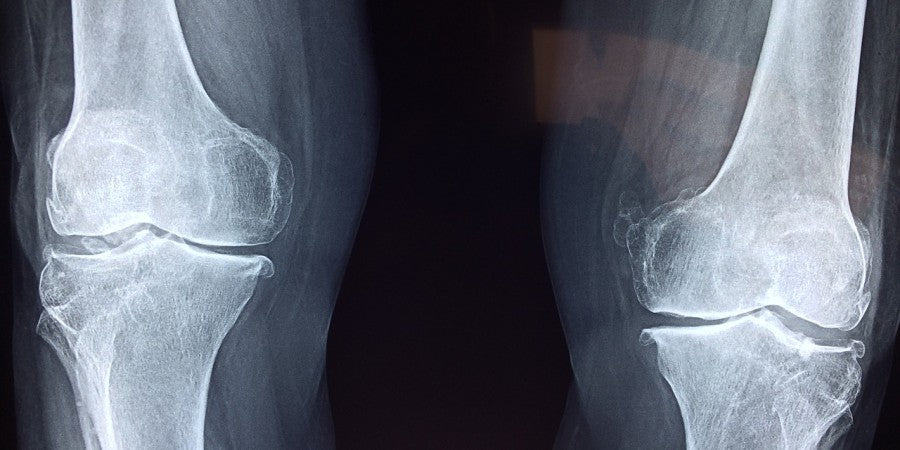"Ask the Coach" is the column in which Wolfgang Unsöld answers your questions. The book of the same name was published by Riva Verlag on February 13, 2017. Available right here on Amazon.
Question: I read that you advise against the leg extension machine, mainly because of the drawer effect. What is the drawer effect? Arthur B
WU: That is correct. I only recommend the leg extension or leg extension machine in exceptional cases. It has several disadvantages such as a slight overload of the eccentric contraction, a movement pattern that is neurologically irrelevant in everyday life and sport and the drawer effect. The drawer effect is the lower leg sliding backwards or forwards in the knee. In physiotherapy, this sliding back and forth in the joint is used by the drawer test at a knee angle of 90° to diagnose knee stability. This slide back also occurs in the top (contracted) position on the leg extension machine. The horizontal pressure on the lower leg allows it to slide slightly backwards in the joint. This causes problems for many trainees in the medium term, above all an inflammation of the patellar tendon. Basically, the natural pressure on the lower leg is vertical in > 99% of all movement patterns. A few exceptions, such as a shot in soccer or a kick in martial arts, combine vertical forces (reaching) with horizontal forces (contact with the ball or opponent). However, even in these cases, in volume and drag, the vertical forces are the primary forces. However, in over 99% of all movement patterns in everyday life and sport, the forces are not horizontal but vertical. These are basically all movement patterns in which we stand or land on both or one leg. The knee joint is mechanically not designed to tolerate horizontal forces on the lower leg and thus the drawer effect in a higher volume. The leg extension can be a good tool in advanced training with bodybuilding goals at the end of a pre-fatigue workout to subject the quads to even more reps and metabolic stress, and to use up the last bit of glycogen. In the everyday training of > 99% of the trainees, however, it does not find a place if the goal is progressive training - due to a slight overload of the eccentric contraction, a movement pattern that is neurologically irrelevant in everyday life and for sports and the drawer effect.
If you have a question for the Ask the Coach column, post it in the comments below and with a little luck your question will be selected for an upcoming post or the next Ask the Coach book.
Image: The knee joints.

